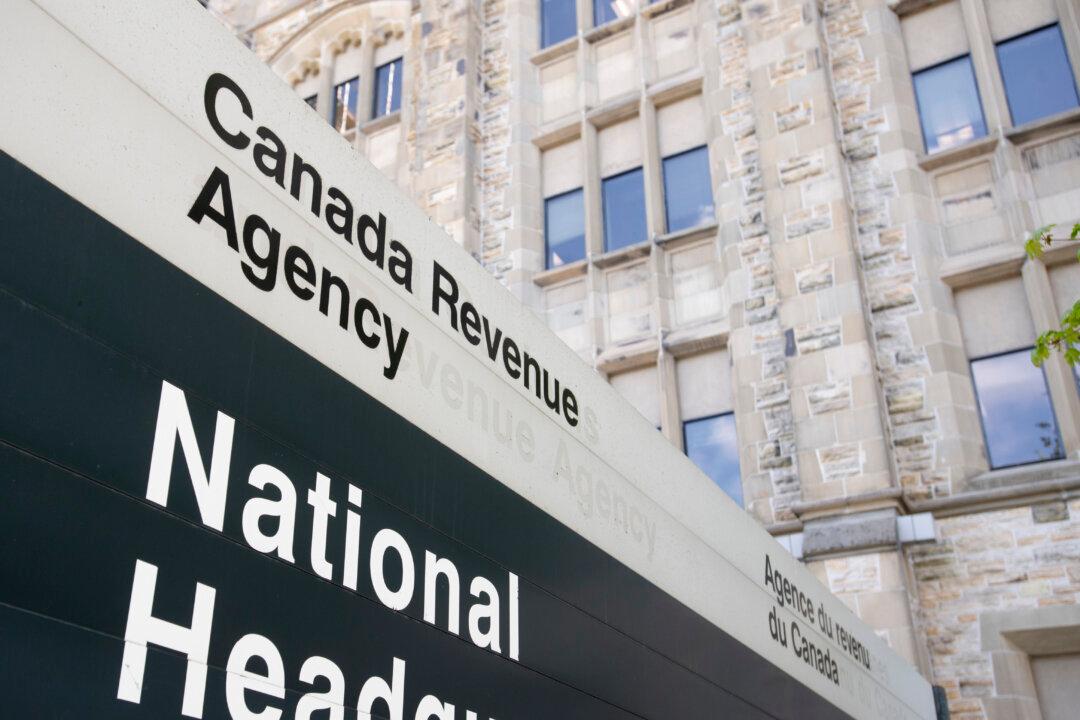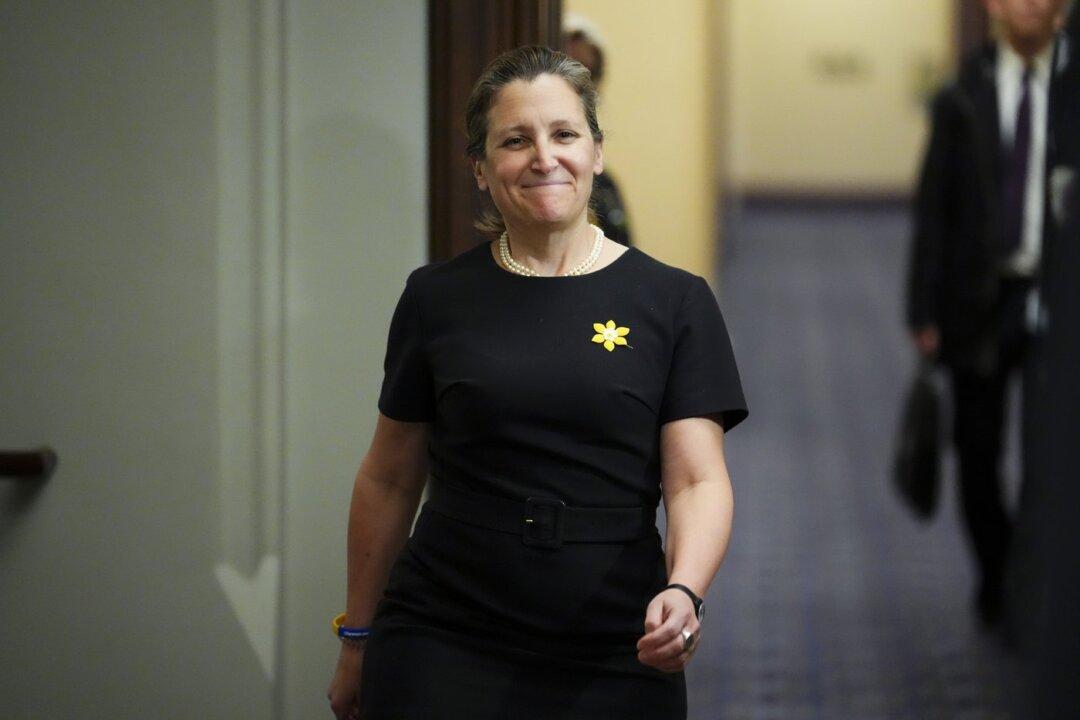The Canada Revenue Agency (CRA) has introduced a new proposed mandate dictating that all tax payments over $10,000 must be done electronically rather than by mailed cheque, MPs on a House of Commons committee heard Tuesday.
Lindsay Gwyer, the Department of Finance’s director general of its tax policy branch, told the Commons Standing Committee on Finance on April 25 that she is unsure if the CRA will offer alternative payment methods if an individual cannot pay tax bills electronically, as first reported by Blacklock’s Reporter.





